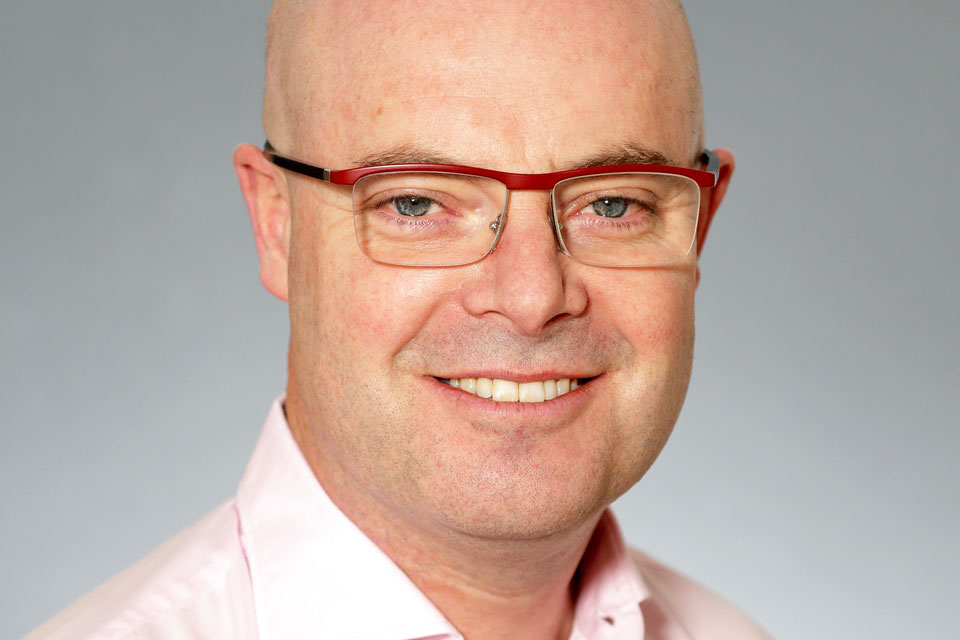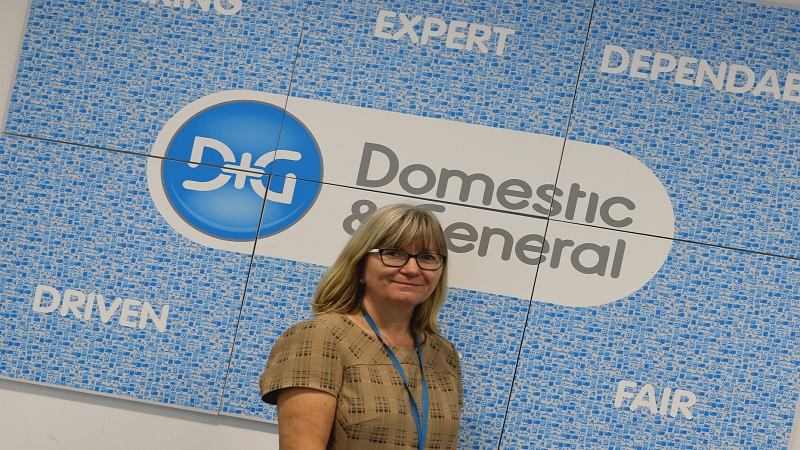5 Minutes With… Christoph Neut, CEO at Sparkcentral
https://contactcentresummit.co.uk/wp-content/uploads/2020/05/Spark-Central-May-12th.jpg.jpg 960 640 Stuart O'Brien Stuart O'Brien https://secure.gravatar.com/avatar/81af0597d5c9bfe2231f1397b411745a?s=96&d=mm&r=gIn the latest instalment of our contact centre & customer service executive interview series, we spoke to Sparkcentral CEO Christoph Neut about his company, industry opportunities, the challenges of coronavirus and new technologies…
Tell us about your company, products and services.
At Sparkcentral, we offer a global SaaS platform for digital customer service that enables seamless conversations across digital channels such as WhatsApp, Facebook, Twitter, Instagram, WeChat, SMS, Live chat,…
By making customer service scalable and supporting operations, SLA based customer service can be delivered on these highly popular messaging communication channels. Want to drive customer satisfaction up and operational costs down? I would advise you to enhance your strategy with a seamless collaboration between humans and bots.
And what our Spark team is most proud of, is that every day we can work with some of the most customer centric brands in the world: Zappos, Emirates Airlines, Nordstrom, Air Canada, Netflix, citizenM hotels, Axa Partners, Engie, Concentrix … to name a few!
What have been the biggest challenges the Contact Centre/Customer Services industry has faced over the past 12 months?
During this global health crisis, the contact center industry demonstrated huge resilience by massively adopting “work from home” models while delivering qualitative services to customers worldwide. This in itself will surely be remembered as the biggest operational challenge in the last decade.
And what have been the biggest opportunities?
What we learned from this global crisis, is that the contact center industry needs to adopt new service delivery models that are not only cloud based, but also geographically distributed and able to handle a large degree of home workers.
In my opinion this is an opportunity for the entire industry. Now, more than ever, they will have to move faster in their digital transformation. Using platforms that are innovative, AI-driven and make customer service more efficient.
What is the biggest priority for the Contact Centre/Customer Services industry in 2020?
The contact center industry needs to be aware that younger generations are changing customer communication. Generation Mute, as they’re called, are texting instead of talking.
As a result, I advise large service operations to create new service delivery models, including people, processes and technology, to meet the expectations of this generation. Many contact centers are still focused on voice and email, but I think it’s time to get ready for some change. Listen to your customers and engage with them on the platforms they prefer.
What are the main trends you are expecting to see in the market in 2020?
In addition to the more widespread adoption of digital channels like WhatsApp as a consumers’ favorite engagement channel with their beloved brands, we’ll see an increased use of AI and bots to deliver proactive and reactive services in various parts of the customer journey.
What technology is going to have the biggest impact on the market this year?
It would be pretentious to answer this one myself, so I prefer to look at what Gartner’s analysts have to say about this. In their latest ‘Market Guide for Digital Customer Service & Support Technologies’ they predict that Artificial Intelligence, Chatbots and Omnichannel Customer Engagement Technologies will have the biggest impact on the industry in the next three years. That’s why I am pleased to see that according to Gartner, Sparkcentral operates in a promising domain of this customer service technology industry.
In 2025 we’ll all be talking about…?
Finding the perfect balance between AI driven automations with chatbots and highly relevant human service interactions over a continuously evolving number of digital communication channels. Brands who master this game will definitely deliver memorable customer service and will be adored by their growing and loyer customer fan base.
Which person in, or associated with, the Contact Centre/Customer Services industry would you most like to meet?
Without a doubt: Tony Hsieh, CEO at Zappos. And preferably during an informal chat in a casual bar with a glass of wine, to talk about our mutual passion for customer service and how we foresee this part of the world will evolve.
Thanks to his leadership and vision he convinced many CEO’s worldwide that the customer service department is not a ‘cost center’ but a ‘profit center’ and that old-fashioned metrics like average handle time are not necessarily customer centric.
What’s the most surprising thing you’ve learnt about the Contact Centre/Customer Services sector?
By engaging frequently and more often with your customers you’re building stronger customer relationships and … lots of data. This data is also considered the ‘new gold’, it enables businesses to improve in various areas.
The surprising part for me is that there are still leadership teams that do not seem to value the importance of customer feedback. They consider ‘more’ conversations as a cost rather than an opportunity to learn from their most important assets: their customers!
You go to the bar at the Contact Centre Summit – what’s your tipple of choice?
As a Belgian native, I actually have to say: a great Belgian beer. However, I do prefer a good red wine and I would love to discover a local wine of the country where the summit takes place.
What’s the most exciting thing about your job?
Being able to work with a team of very talented young people, who are passionate about our clients and who have the desire to make an impact in the customer service industry with innovative technology. For me that makes the job enriching and fun.
And what’s the most challenging?
What remains a challenge for a scale-out like us, is how enterprise organizations often still use very heavy and formal processes that last for months and require tons of paperwork. In today’s world companies should embrace the innovations smaller companies can bring to the table in a much more agile way.
What’s the best piece of advice you’ve ever been given?
If you focus all your efforts on the innovations that are ‘natural next steps’ they will eventually happen, because the force of nature is always stronger than the resistance to change.
Succession or Stranger Things?
Am I missing out on something?






